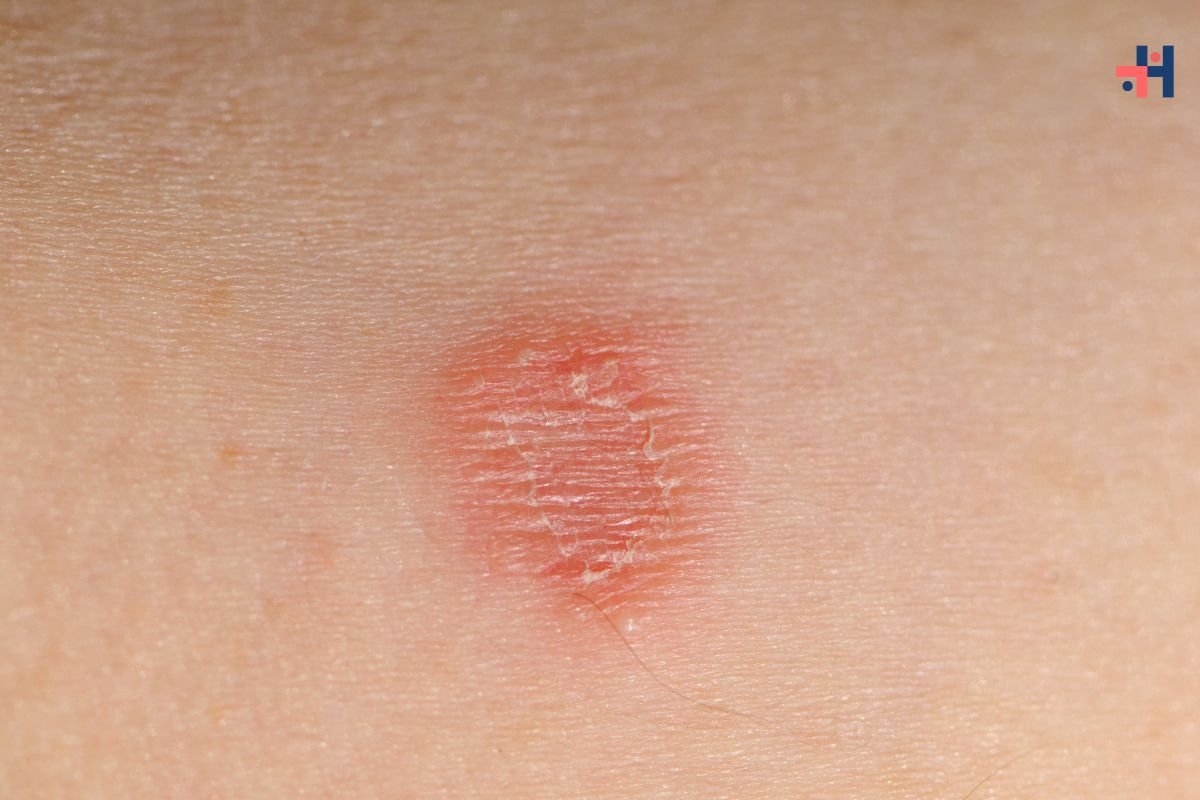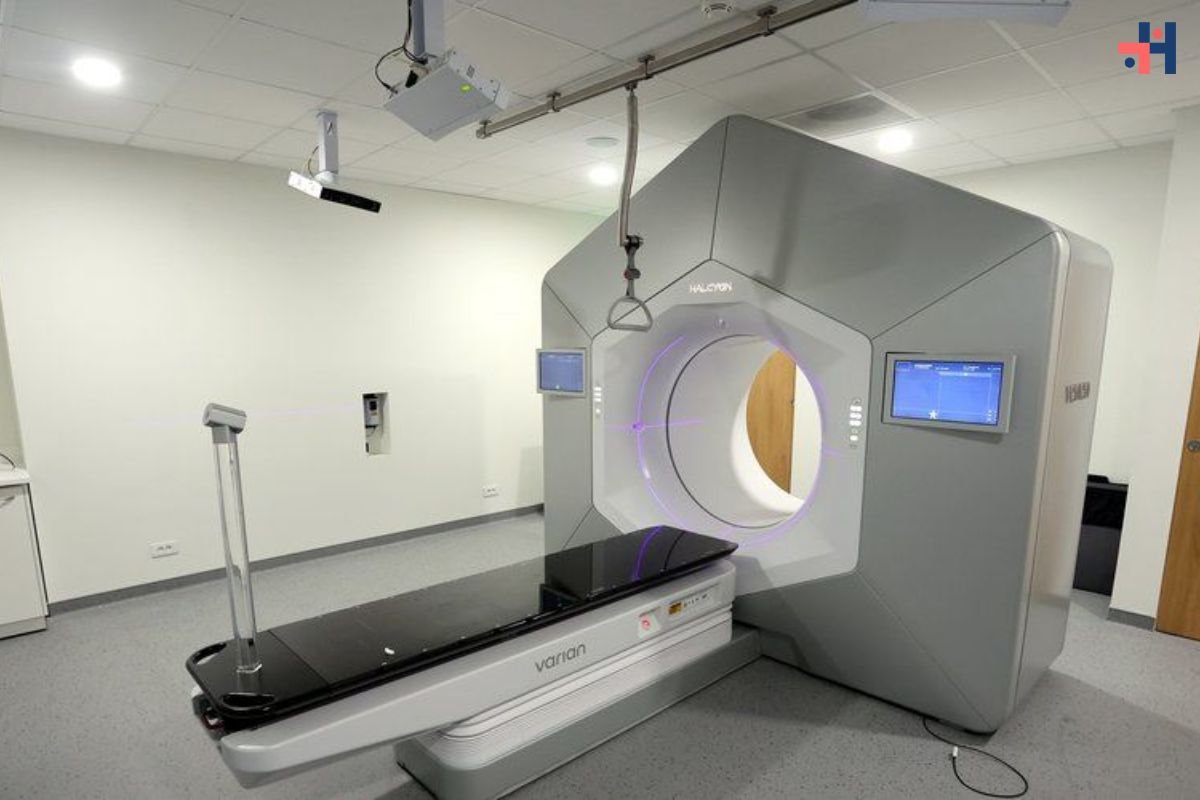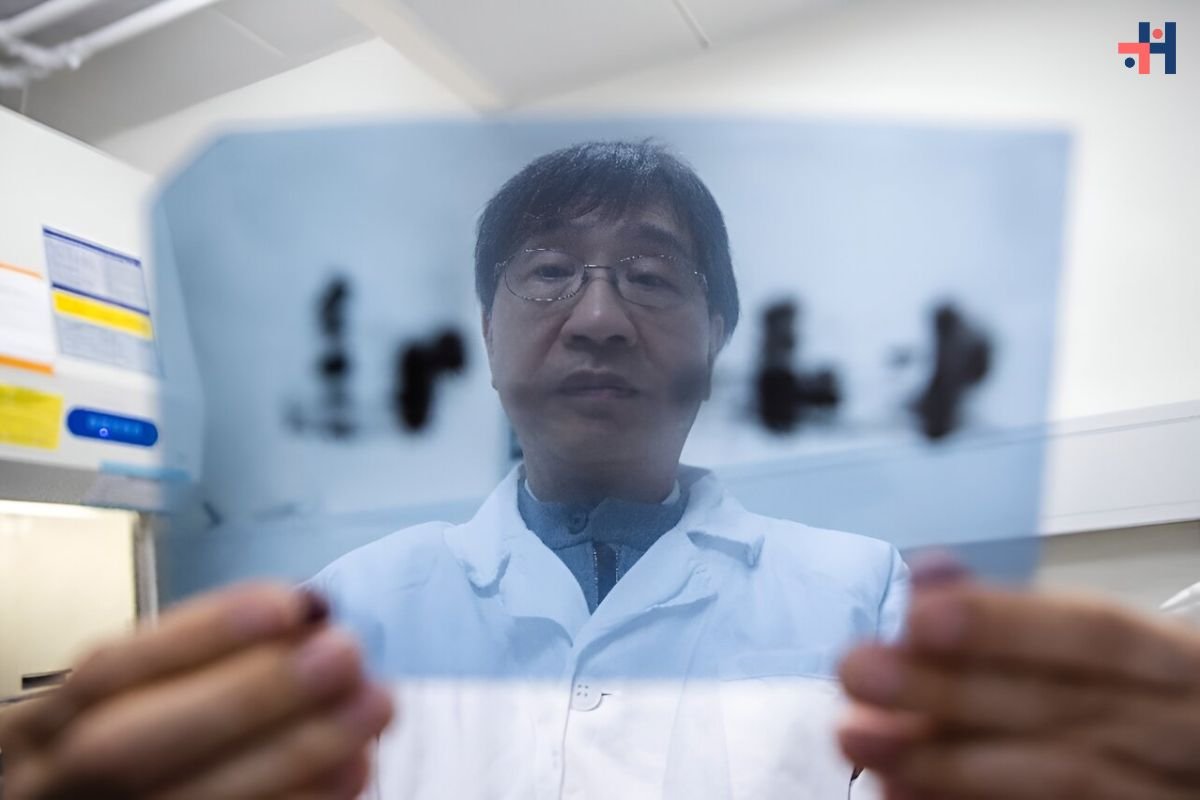Imagine a world where a simple test strip could tell you if you have a strep throat in minutes, or a tiny patch worn on your arm could continuously monitor your blood sugar levels. This isn’t science fiction – it’s the reality thanks to biosensors, the unsung heroes of modern medicine.
Think of them as tiny detectives working inside your body. Biosensors combine biological elements, like antibodies or enzymes, that can recognize specific molecules with electronic parts that translate this recognition into a readable signal. It’s like having a mini-lab on your fingertip, giving you quick and easy results.
But biosensors are more than just convenient. They can be incredibly sensitive, picking up on tiny changes in your body that might otherwise go unnoticed. This allows for earlier detection of diseases, which can be the key to better treatment outcomes. Plus, they’re often portable and relatively inexpensive, making them accessible for people in all sorts of situations.
In this article, we’ll explore the fascinating world of biosensors for diagnostic applications and how they’re revolutionizing medical testing. We’ll uncover the different types of biosensors, the diseases they can help diagnose, and how they’re making healthcare faster, easier, and more efficient for everyone.
1. Understanding Biosensors for Diagnostic Applications:
Biosensors are sophisticated analytical devices that consist of a biological sensing element and a transducer, which work in tandem to convert a biological response into a measurable signal. The biological sensing element, often derived from enzymes, antibodies, or nucleic acids, interacts selectively with the target analyte present in the sample, initiating a biochemical or biophysical reaction. This reaction generates a detectable signal, such as an electrical, optical, or acoustic signal, which is then transduced by the device and converted into a quantitative output.
2. Rapid and Accurate Disease Diagnosis:
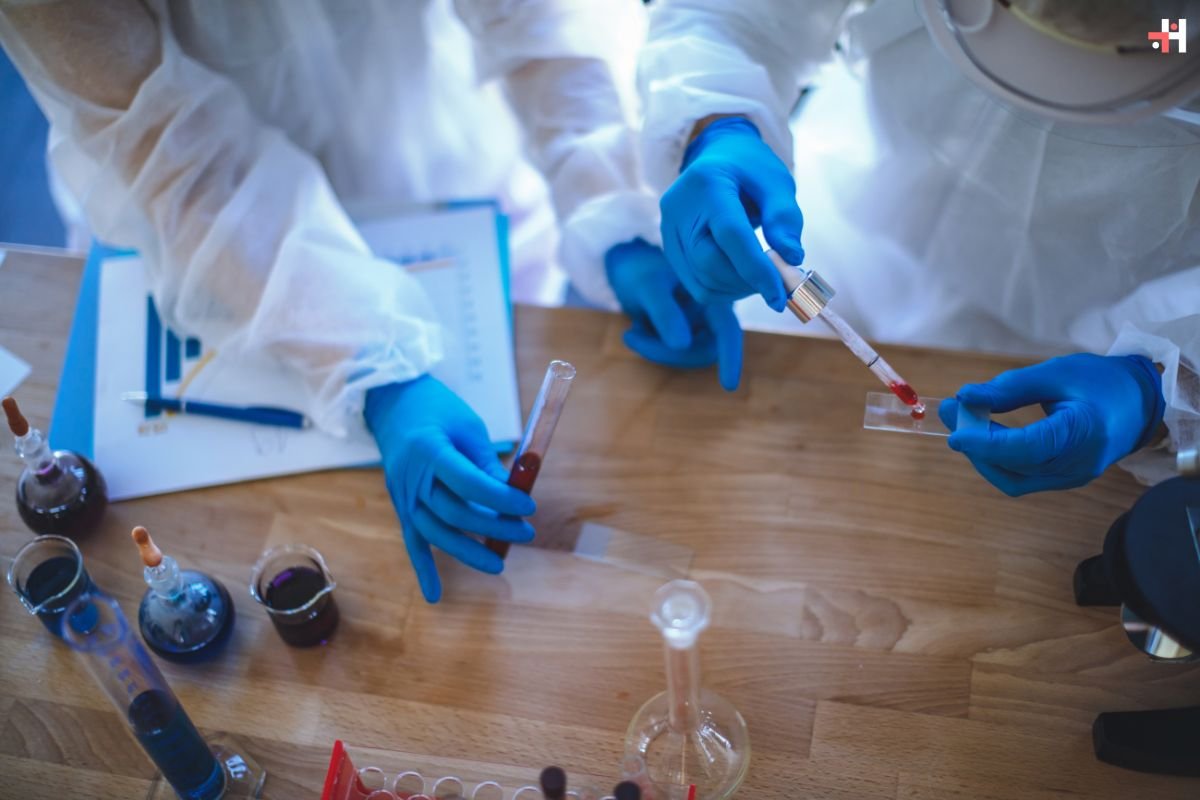
One of the primary applications of biosensors is in disease diagnosis, where they offer rapid and accurate detection of disease biomarkers in patient samples. Biosensors can detect a wide range of diseases, including infectious diseases, cancer, diabetes, cardiovascular disorders, and autoimmune conditions, with high sensitivity and specificity. By providing real-time results, biosensors for diagnostic applications facilitate early diagnosis, allowing for timely intervention and personalized treatment strategies. This not only improves patient outcomes but also reduces healthcare costs associated with delayed diagnosis and treatment.
3. Point-of-Care Testing:
Biosensors play a crucial role in point-of-care testing (POCT), bringing diagnostic capabilities directly to the patient’s bedside or the physician’s office. POCT devices based on biosensor technology offer convenience, portability, and simplicity, allowing for rapid screening and monitoring of diseases without the need for specialized laboratory equipment or trained personnel. These handheld devices can deliver accurate results within minutes, enabling immediate diagnosis and treatment initiation, particularly in resource-limited settings or remote areas where access to centralized laboratories is limited.
4. Multiplexed Detection:
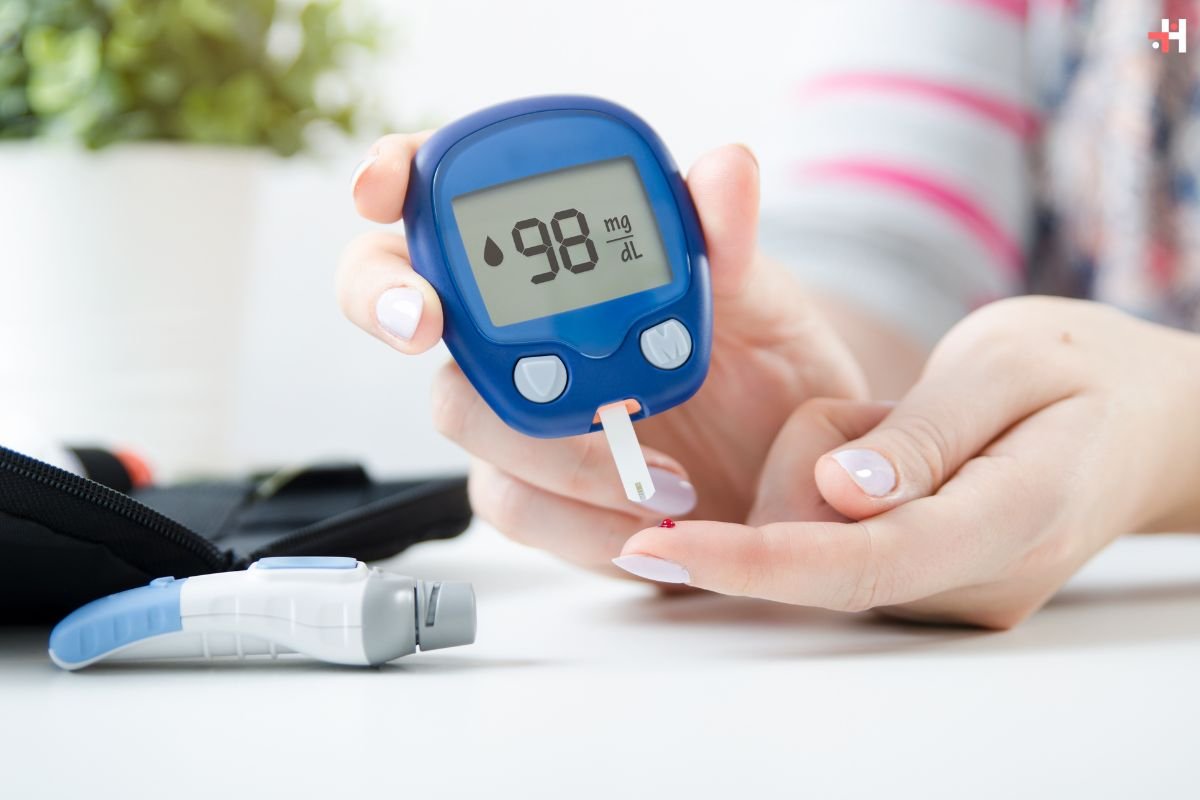
Recent advancements in biosensor technology have led to the development of multiplexed biosensors capable of detecting multiple analytes simultaneously in a single sample. Multiplexed biosensors offer enhanced diagnostic capabilities by enabling the simultaneous measurement of multiple biomarkers associated with a particular disease or physiological condition. This multiplexing ability enhances diagnostic accuracy, provides comprehensive clinical information, and facilitates differential diagnosis, particularly in complex diseases with heterogeneous manifestations.
5. Wearable and Implantable Biosensors for Diagnostic Applications:
In addition to traditional diagnostic applications, biosensors are increasingly being used in wearable and implantable devices for continuous monitoring of physiological parameters and biomarkers in real-time. Wearable biosensors, such as smartwatches, fitness trackers, and patches, offer non-invasive and continuous monitoring of vital signs, glucose levels, hydration status, and other health metrics, providing valuable insights into an individual’s health status and facilitating early intervention in case of abnormalities. Implantable biosensors, on the other hand, are surgically implanted devices that can monitor biomarkers directly from bodily fluids or tissues, offering long-term monitoring capabilities for chronic diseases, such as diabetes, heart failure, and neurodegenerative disorders.
6. Future Directions and Challenges in Biosensors for Diagnostic Applications:
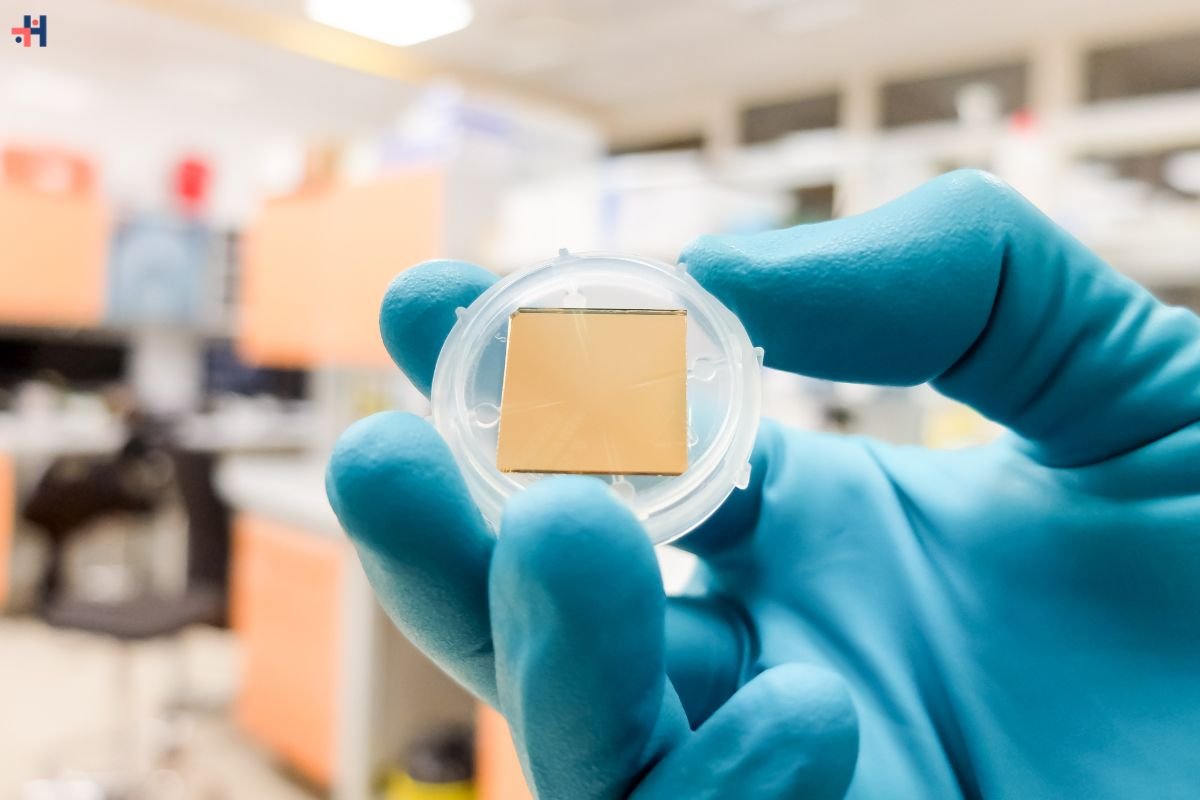
While biosensors hold tremendous promise for diagnostic applications, several challenges remain to be addressed to fully realize their potential in clinical practice. These challenges include improving sensor sensitivity and specificity, enhancing detection limits, optimizing assay robustness and reproducibility, ensuring device reliability and stability, and addressing regulatory and ethical considerations. Future research efforts are focused on overcoming these challenges and advancing biosensors for diagnostic applications to meet the evolving needs of healthcare and personalized medicine.
Conclusion:
Biosensors represent a paradigm shift in diagnostic testing, offering unparalleled speed, sensitivity, and versatility in disease detection and monitoring. From point-of-care testing to wearable and implantable devices, biosensors for diagnostic applications are poised to transform healthcare delivery by enabling early diagnosis, personalized treatment, and continuous monitoring of patient health. As research and development in biosensor technology continue to advance, we can expect to see further innovations that will enhance diagnostic capabilities, improve patient outcomes, and drive the future of precision medicine.




